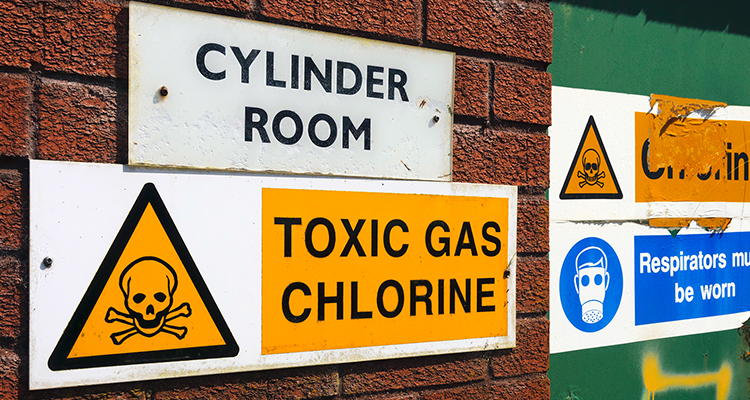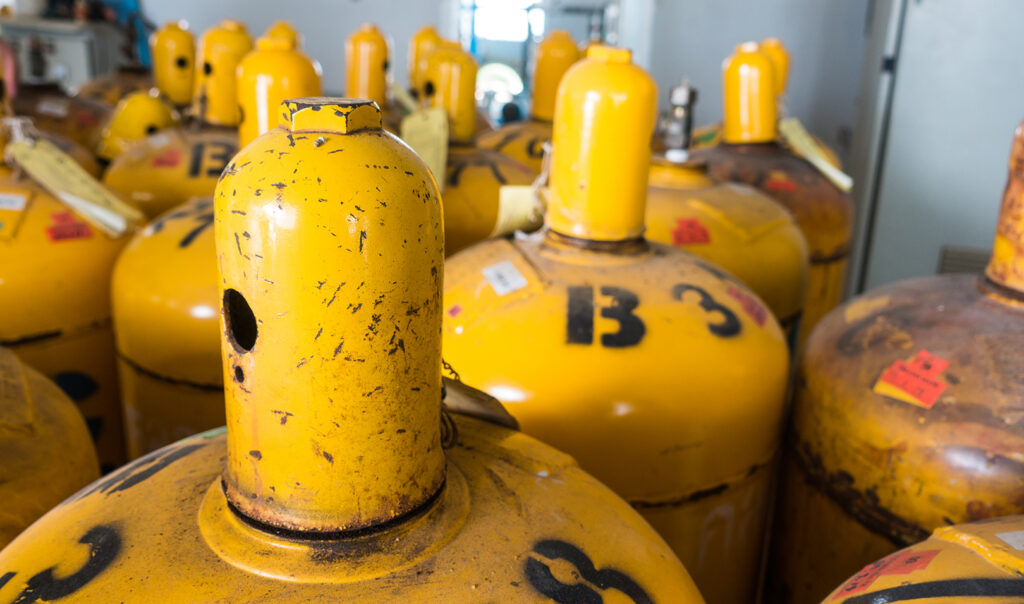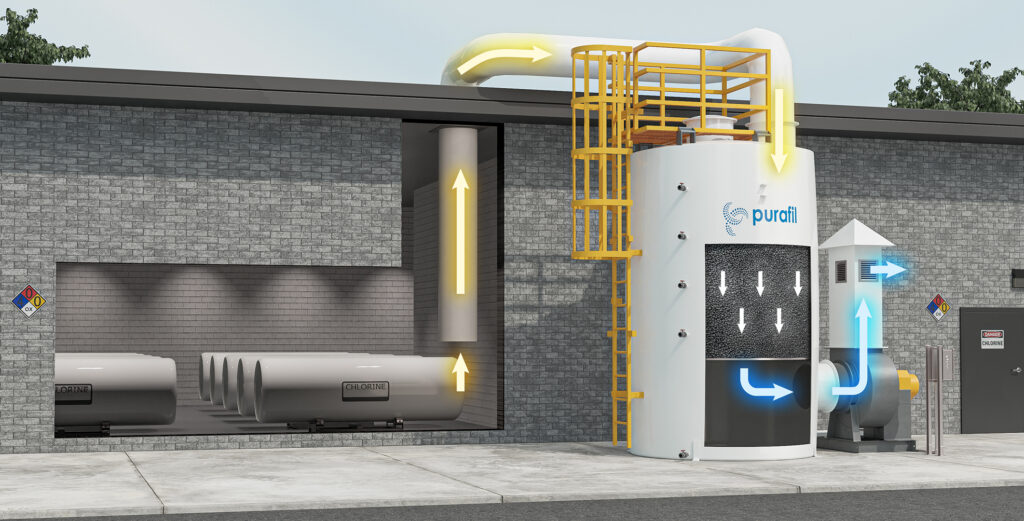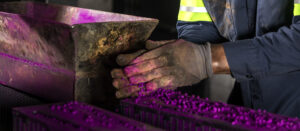
It’s no secret that harsh chemicals are used in the manufacturing of everyday products, and they’re even used to treat the water we drink. However, when these chemicals are gathered on an industrial scale, they can pose a potential threat to onsite employees and the local community.
Unfortunately, this situation is more common than you might think. Currently, there are 12,000 facilities registered with the Environmental Protection Agency that store hazardous chemicals on site. Since 2003, nearly 4,000 related accidents have been reported to the EPA. It’s important to note that this number only accounts for facilities that are required to file a risk management plan. These accidents have led to severe injuries and even death.1
Any company storing a large quantity of specific chemicals must register with the EPA and file a risk management plan. Those plans cover what the effects of an accident could be; how they prevent an accident and include an emergency response plan in case an accident does occur.1
How close are you to one of these facilities? Check this map and make sure to turn on all registered facilities in the map legend.
Using Freedom of Information Act requests, Axios created a map of the registered facilities across the USA. Their inclusion does not mean there will be an accident, only that a large quantity of hazardous chemicals is being stored at this location. You can also view accident reports that include spills, injury, and death from insufficient safety measures at these facilities.2

Purafil offers solutions to prevent disaster for each of the 3 most common chemicals involved in accidents reported to the EPA. Ammonia, Chlorine, and Hydrogen Fluoride : When these chemicals are released, they can all be extremely dangerous.3
In the case of an unanticipated release of chlorine from a 1-ton cylinder, the lives of employees and residents within a 5-mile radius are at risk. The Purafil Emergency Gas Scrubber is designed to mitigate the risk of any release event of up to 2 tons, whether caused by operator error during cylinder changeout, or equipment failure during storage.

Purafil is a proven and trusted provider of safety equipment. We specialize in providing solutions for toxic levels of chlorine, ammonia, hydrogen fluoride (HF), sulfur dioxide (SO2), and hydrogen sulfide (H2S). Our standard options are designed to mitigate large- and small-scale leaks by providing immediate protection against leaking gas.
Contact us today to talk to an emergency gas specialist.
1) https://www.axios.com/2023/09/22/chemicals-accidents-safety-map-epa-tyson-dow
2) https://www.axios.com/hazardous-chemicals-US-near-you-data
3) https://www.axios.com/2023/09/22/chemicals-accidents-epa-ammonia-chlorine
Recommended Posts
Categories
Archives

As the backbone of our digital lives, data centers have always faced a suite of fundamental needs: With the rise of artificial intelligence, those needs are only becoming more essential—and more difficult to meet. AI workloads are hungry, not just for processing power, but for energy, and consequently, cooling. As heat loads rise, so does […]
Author:
Date: 2025-06-17
View More

As we embrace this new year, it’s the perfect time to assess the health of your equipment and ensure your media is performing at its best. Do you remember the last time you had a Media Life Analysis (MLA) conducted on the media in your equipment? If it’s been a while, now is the time […]
Author:
Date: 2025-02-27
View More

Purafil isn’t the only company that makes media to solve odor, corrosion, and other air quality problems, but they are often regarded as the best. In a competitive environment, what allows Purafil’s media to consistently outperform the rest? This blog explores Purafil’s unique position in the air cleaning industry and illustrates the key differences between […]
Author:
Date: 2025-01-31
View More